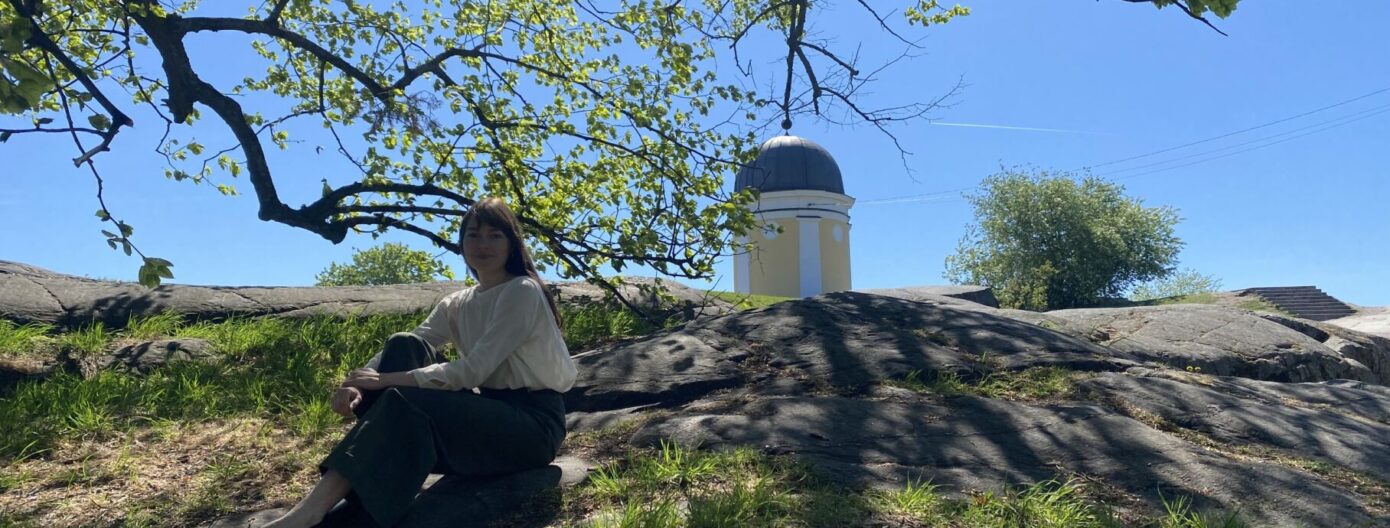An ecologically sustainable future urgently requires the understanding and solutions provided by scientific knowledge. However, knowledge is of no use if it is not understood or found. For this reason, researchers have a critical task to communicate their research both to each other and to the wider public, writes Milla Seiro.
Although the appreciation of societal engagement has grown within academia, the academic world hardly rewards it. Instead, researchers’ career development is defined by metrics such as the number of publications and citations. Amidst research work, teaching, and applying funding, engaging in societal discussions can feel like an additional burden. Therefore, it is good to remind ourselves why communicating about one’s own research is so important.
Research is impactful when the results are applied, it sparks discussion, or when new perspectives and concepts are adopted. Just as universities are societal institutions, many researchers can be regarded as societal actors. Beyond communicating their own research, researchers are needed as critical voices in societal discussions and decision-making.
Solutions required for sustainability transformation emerge from a series of small contributions. Therefore, it is crucial that knowledge does not only accumulate within one’s own field but also reaches experts in other fields. Particularly, a broad examination of complex environmental challenges requires interdisciplinarity and knowledge from various perspectives.
Communication benefits the researchers themselves. By sharing their work, researchers become more visible and easier to find. Science communication can lead to an increase in citations and, consequently, greater academic impact. It may also open doors to new collaborations and potential funding opportunities. Additionally, articulating one’s work to a broad audience can help view it from new perspectives and integrate it into a broader context.
At its best, communication and interaction are woven into the entire lifecycle of research and beyond. In addition to presenting results, it is important to communicate more broadly about the processes of science and the complexity of issues, and to engage in interactive discussions. To achieve the best outcomes, communication and interaction should also be planned in advance – considering who to communicate with, what to communicate, and when, or what models of interaction can be utilized.
Guides that compile forms of disseminating research knowledge and the variety of ways to influence can help strengthen the impact of research. An example is the Researcher’s Handbook on Science-for-Policy recently published by the Finnish Academy of Science and Letters, which gathers channels and methods suitable for societal interaction, allowing researchers to choose the most suitable for them. Other works presenting methods of communication and influence for different stages of research include From Research to Action – A Scientist’s Guide to Communication and Influence by Koskinen, Ruuska, and Suni (2018) and the Biodiversa Network’s Biodiversa Stakeholder Engagement Handbook.
By identifying suitable communication methods and channels, sharing insights from your research and broader perspectives can feel rewarding and fulfilling at its best. More importantly, this benefits the ecological well-being of our planet.
Milla Seiro is currently finishing her studies in sustainability science at the University of Helsinki and working as a producer at the Nessling Foundation. Her background is in environmental policy and science and technology studies. Previously, she has worked as a research assistant in the BIODIFUL-project at the Finland Futures Research Centre and as an intern in the Sustainable Trade Unit at the Ministry for Foreign Affairs of Finland.


